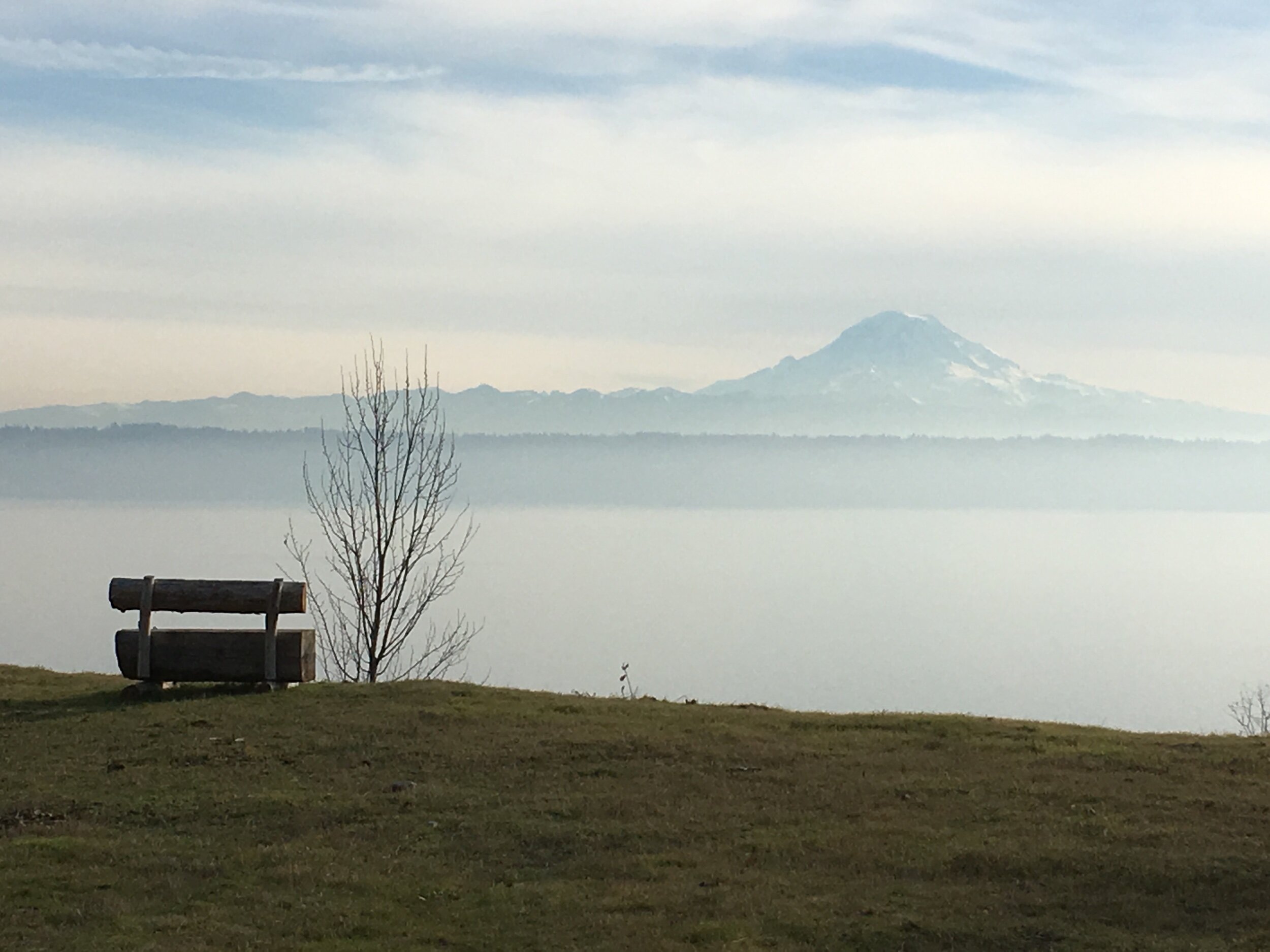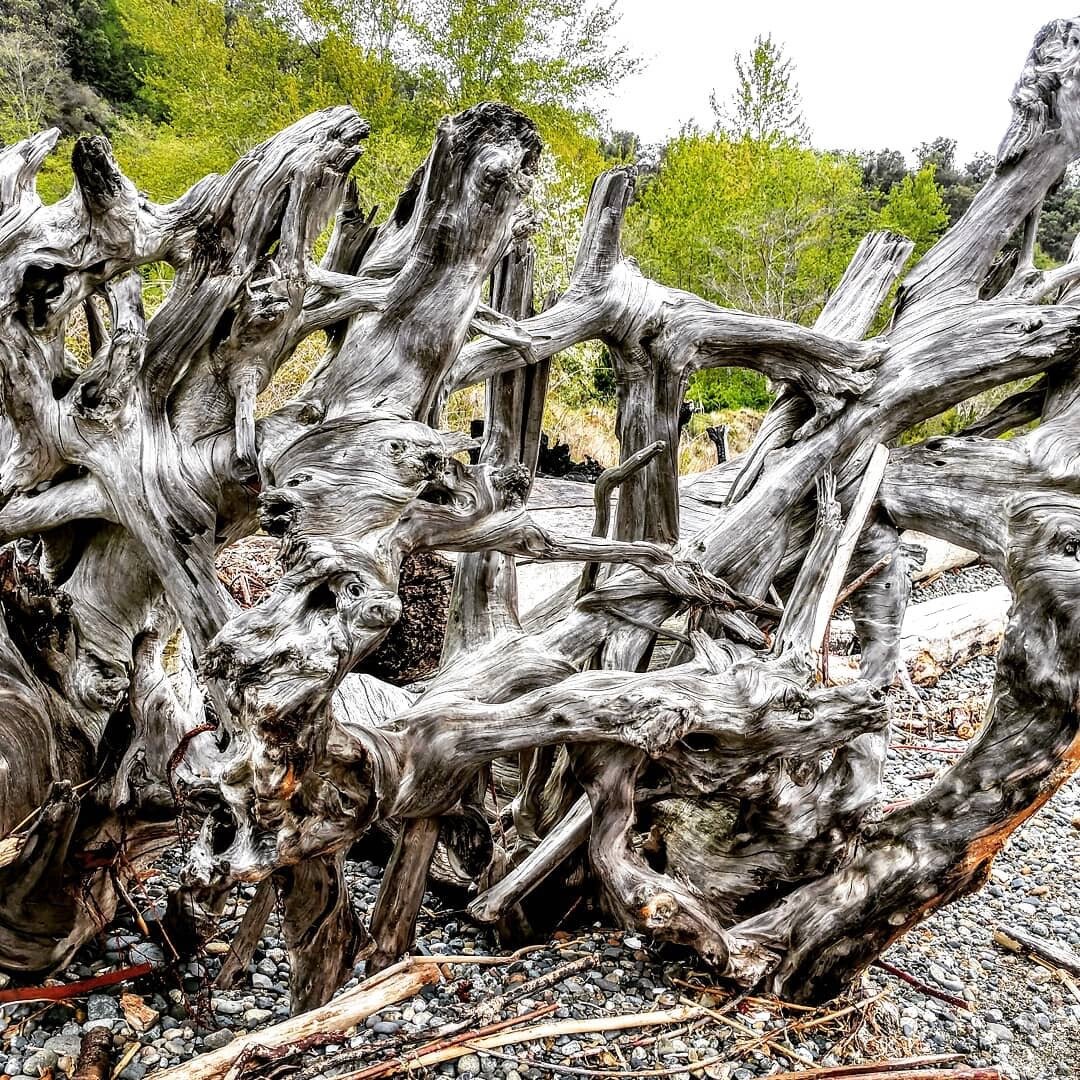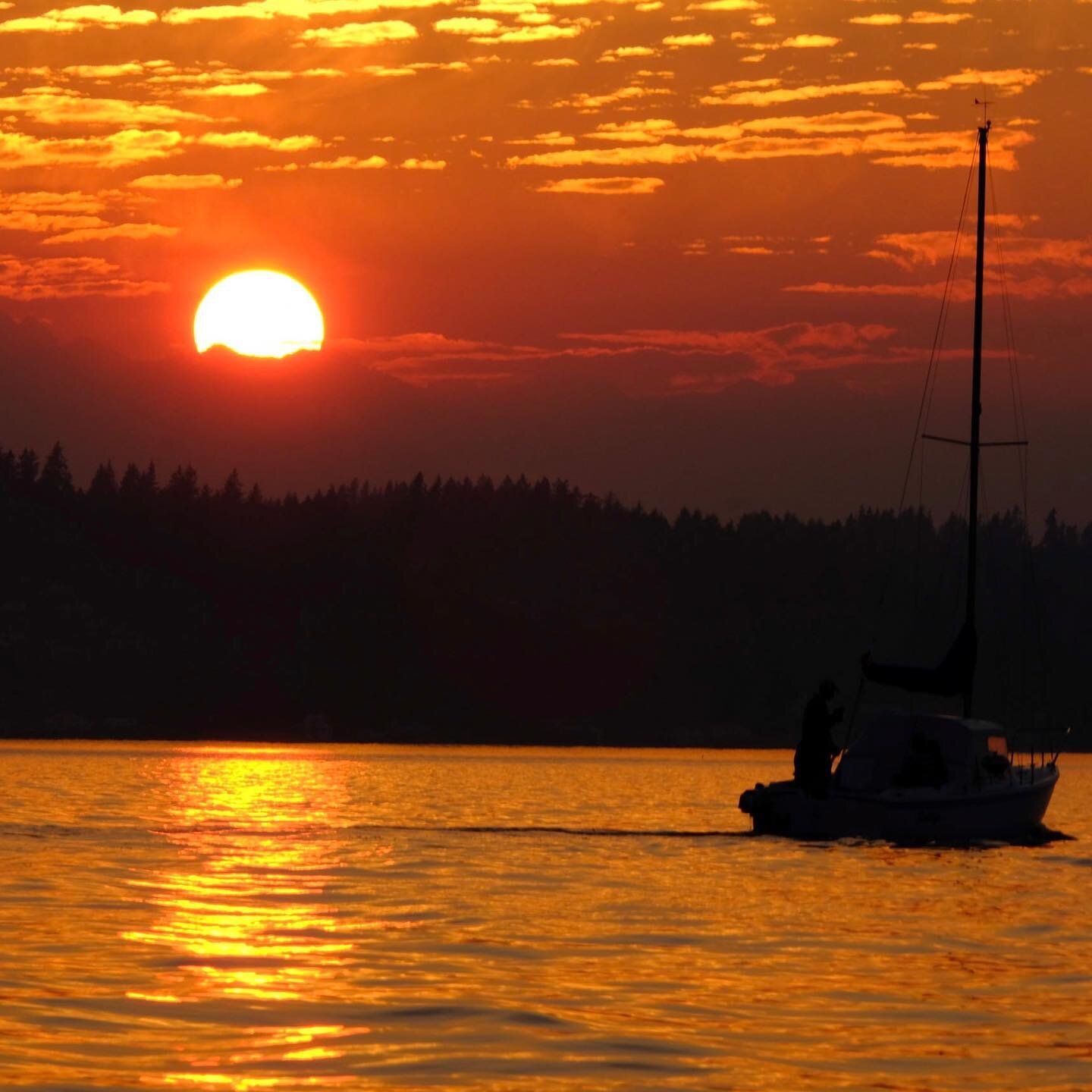Quartermaster Harbor and the shore of Maury Island are classified as an aquatic reserve. Aquatic Reserves are areas that are seen as extremely important places for spawning, foraging, and resting for fish, vertebrates, and birds alike! The Maury Island Aquatic Reserve is one of 7 in the Puget Sound. However, it is seen as one of the harder ones to regulate. This is because the reserve is also home to a large number of recreational boaters. This just presents an extra challenge of ensuring that the public uses the water and beaches correctly.
The biggest threats to the reserve are man made pollution, new construction of docks or bulkheads, and loss of native vegetation. We all can understand the reason why docks and pollution would be good to avoid, but the native vegetation is just as important to preserve. This native vegetation provides housing for insects that the fish and birds eat, and shading for the nesting grounds during hot days. These two things combined could completely ruin a spawning ground altogether. So, it is important for us to protect these areas for our natural ecosystem.
To learn more about our Aquatic Reserve visit: https://www.aquaticreserves.org/the-reserves/maury-island/about-the-reserve/









